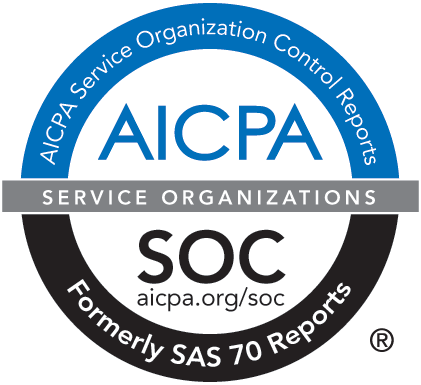A Balancing Act
May 3, 2019 - As a child, there was great entertainment discovered in navigating narrow walkways. Curbs on the sidewalk, parking bumpers or even brick walls provided fascinating opportunities to live life on the edge. Arms outstretched and tipping slightly from side to side, there was only one key to succeeding in the dream of being an imaginary tightrope walker – balance.
Balance is also the key to running a successful endowment investment program.
In HighGround’s latest To the Point webinar, Chief Investment Officer Joe Wright discussed why balance is so critical to running a successful endowment. An endowment needs to balance several aspects including the present and the future, risk and return and its asset allocation.
“Fundamentally, the goal of endowment management is to balance the benefits of an endowment fund between current and future constituents,” Joe said. “We sometimes refer to this as intergenerational equity.”
In other words, the goal is for all generations to get the same economic benefit from the endowment.
Balancing Risk & Return
In order to be successful, an endowment has to meet its distribution objective to cover inflation and pay its investment expenses.
“If you think of it as an accounting balance sheet, these objectives (distribution, inflation and expenses) would be the liabilities,” Joe said. “And on the asset side of the balance sheet, is where the focus shifts to investing. Given a defined set of liabilities, you want to invest the endowment so as to maximize its total return to meet these liabilities, while at the same time balancing its investment risk within acceptable parameters.”
One of the biggest issues an organization must consider is its tolerance for taking investment risk. The level of acceptable risk can be unique to each organization and is a function of the liabilities discussed above, with the largest element usually being the cash distribution the charity wishes to withdraw over time.
“If your goal is to distribute 5% and inflation is, say 2%, we think a minimum long-term return of 7.5-8% is required,” Joe said. “However, if your goal is to distribute 3% and inflation is again 2% logically a long-term return of 5.5% to 6% would be required.”
So, the level of risk required for a 5% distribution is going to be higher than the risk for a 3% payout.
We advise charitable institutions to adopt a formal distribution or spending policy to go with their investment policy. Important factors to consider, in establishing a distribution policy are:
- Preserving the fund
- The purpose of the institution and the fund,
- The possible effect of inflation,
- Other resources that are available to the institution,
- Other factors that may be unique to the organization.
The spending policy must then be balanced with an acceptable investment and asset allocation policy to ensure long-term success.
Balancing Asset Allocation
At HighGround, we believe that asset allocation is the single most important investment decision an investor makes. Asset allocation is the primary driver of an endowment fund’s expected return, income and risk, and the likelihood of meeting its real, after inflation, distribution targets – those liabilities discussed earlier.
“In fact, studies have shown that over 90% of an investment portfolio’s return variability is due to asset allocation, with less than 10% coming from security selection and other investment decisions,” Joe said.
In developing an asset allocation policy, it is important that an organization first consider its tolerance for taking risk and properly align the endowment fund’s investments within these risk parameters. Philosophically, HighGround places a high priority on diversification and believes an endowment portfolio must be well diversified with investments across the full, global opportunity set, and in both public and private markets to reduce risk and improve an endowment fund’s long-term risk-adjusted performance.
HighGround functionally groups investments into three different buckets. The first bucket is growth, which is the primary return driver of the portfolio. The second is real assets, which protects against unexpected inflation and the last is risk reduction investments, which protect against recessionary cycles and reduce the overall risk of the portfolio.
“We also think each bucket should have a mix of different asset classes within it to increase the fund’s overall diversification,” Joe said. “This is important because diversification reduces portfolio volatility and volatility is the enemy of compound returns, which is essential to wealth creation.”
Ultimately, the creation of wealth, which fulfills the endowment’s goal of intergenerational equity can only be achieved through a balancing act. Balancing the present with the future, balancing the endowment’s risk and return and balancing its asset allocation with its long-term goals.



